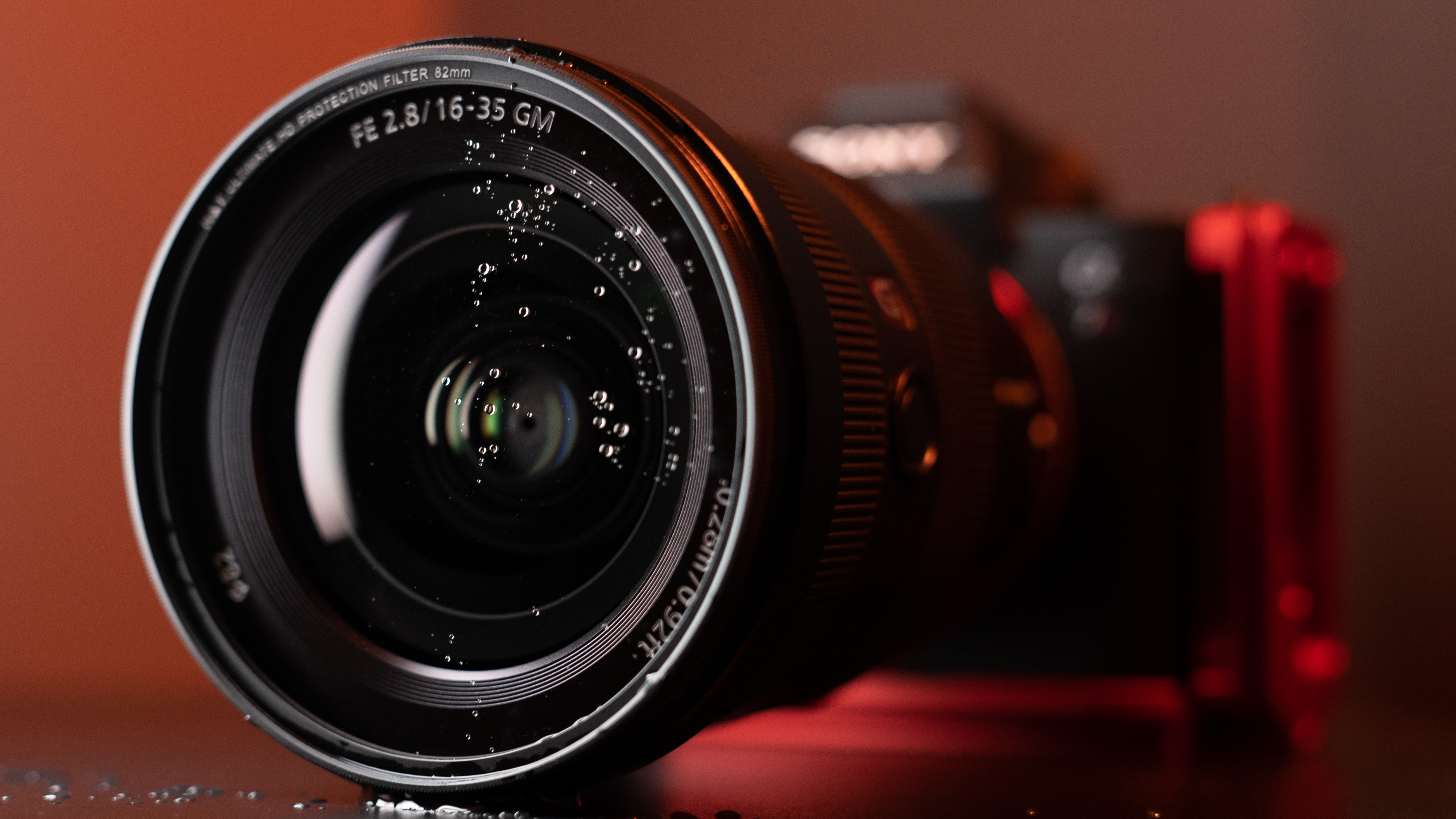Let’s check out two new filters that expand H&Y’s unique Revoring system plus take a close look at an unexpected new filter.
Recently, H&Y, a brand known for some of the most innovative filter systems around, launched three new filters, each with unique features. The first two are innovative new additions to their Revoring system, a uniquely designed filter with a variable-sized mounting thread that has expanded compatibility with a range of lens sizes. The Revoring Variable ND + CPL combination has been quite popular among both photographers and filmmakers as well. In our review of this filter that launched in 2020, we mentioned both the benefits and the limitations in practical use, specifically the limitations on using the Revoring on wide angle lenses beyond six stops, imposing a limit on the length of exposures that could be done on wider lenses. In this release, the brand seems to have provided a solution.
The Revoring CPL and Clip-on ND filters

Images from H&Y

Image from H&Y
The Role of UV Filters
The relevance of UV filters has been much in question in recent years. This is because the original purpose of blocking the effect of ultraviolet light from the film now lies on in-built UV coating on glass elements on lenses and even on layers of digital imaging sensors. However, the actual wavelengths of light that are blocked by built-in mechanisms may vary in the range between the camera makes and models which is why it is not an absolute certainty that no UV light gets into the sensor.
On top of this, most people who use UV filters on digital cameras would say that they use them for added physical protection more than the need to deflect ultraviolet light. However, the quality of the glass on these filters greatly affect the quality of the images and can get to a point where the loss in image quality outweighs the potential protection.
A Protector Filter?
The third filter that the brand released has more than meets the eye. It has been quite a long debate over the past few years whether UV filters have a purpose in digital photography. Many have stated that using a UV filter is just having an extra layer of glass in front of the lens as added protection from dust, moisture, and to an extent, impact. UV filters were more popular before the emergence of digital cameras, as ultraviolet light has a bigger impact on the images taken on film. Now that the majority of camera and lens manufacturers include built-in ultraviolet light-blocking filters and glass coating, the relevance of UV filters is still very much in question. This new filter, while it still blocks UV light, focuses on being an extra layer of protection
The H&Y Ultimate HD Protector

If one were to consider the pros and cons of using a filter as an added layer of protection, there must be criteria that it should meet for the pros to outweigh the cons. This would mean that on top of the benefit of protecting the front of the lens, the potential negative effects must be minimized. Whether such protection is needed would still depend on how much risk one takes with their gear, but should you choose to use that added glass layer, this UV filter is quite a compelling option.

This H&Y Ultimate HD Protector filter consists of a 1.1mm-thin Schott B270 specialized glass. This type of glass is best known for outstanding durability, as well as 99.95% light transmission and a bare minimum of 0.1% light reflection. From merely looking at the filter mounted on a lens, it seems that the glass is barely noticeable. The figures above point to optimal clarity and minimized flaring which may explain the filter’s barely noticeable appearance.

The hydrophobic surface prevents the scatter of water droplets that could leave a smudge that would affect the image clarity after wiping down
 While the filter will generally still retain small droplets of water even if larger drops slide down from gravity, a simple wipe with a clean lens cloth leaves no trace of moisture that can affect images later on.
While the filter will generally still retain small droplets of water even if larger drops slide down from gravity, a simple wipe with a clean lens cloth leaves no trace of moisture that can affect images later on.

As for image quality, the filter seems to barely affect the sharpness of the image. These images below are comparisons of bare lenses against an older $5 UV filter and against the H&Y Ultimate HD protector, taken with a Sony a7 IV and a 24-70mm f/2.8 GM lens, show much more degradation on the cheap UV filter and barely any difference between the bare lens and the H&Y filter.
 Overall, the need for a protector filter generally still depends on the photographer and how much risk is involved in their shooting process. However, it is undeniable that filters are not created equal and this new filter from H&Y offers more benefits than usual.
Overall, the need for a protector filter generally still depends on the photographer and how much risk is involved in their shooting process. However, it is undeniable that filters are not created equal and this new filter from H&Y offers more benefits than usual.
What I Liked:
- Barely visible glass
- Good moisture resistance
What I Can Be Improved:
- No magnetic mounting
Purchase
You can purchase your filter here.






